What Is An Endoscopic ?
An endoscopic procedure is a medical technique that involves using an endoscope, which is a flexible tube with a light and camera attached to it, to visualize and examine the inside of the body. This minimally invasive procedure allows doctors to view and diagnose various conditions or diseases in different parts of the body, such as the gastrointestinal tract, respiratory system, urinary system, or joints. Endoscopic procedures can also be used for therapeutic purposes, such as removing polyps, taking biopsies, or treating certain conditions without the need for open surgery. The endoscope is inserted through a natural body opening or a small incision, and the images captured by the camera are displayed on a monitor, enabling the doctor to guide the procedure and make accurate diagnoses or interventions.
1、 Definition and Purpose of Endoscopy
An endoscope is a medical device used in a procedure called endoscopy. Endoscopy is a minimally invasive diagnostic or therapeutic procedure that allows doctors to visualize and examine the internal organs and structures of the body. It involves inserting a long, flexible tube called an endoscope into the body through a natural opening or a small incision.
The endoscope is equipped with a light source and a camera that captures real-time images of the internal organs. These images are then displayed on a monitor, allowing the doctor to examine the area of interest in detail. In some cases, additional instruments can be passed through the endoscope to perform various procedures, such as taking biopsies, removing polyps, or treating bleeding.
Endoscopy has revolutionized the field of medicine by providing a less invasive alternative to traditional surgical procedures. It offers numerous benefits, including reduced pain, shorter recovery time, and minimal scarring. Endoscopy is used to diagnose and treat a wide range of conditions, including gastrointestinal disorders, respiratory diseases, urological problems, and gynecological issues.
The latest point of view regarding endoscopy is the development of advanced technologies that enhance its capabilities. For example, high-definition cameras and improved imaging techniques allow for better visualization of the internal organs, leading to more accurate diagnoses. Additionally, the use of robotic-assisted endoscopy is gaining popularity, enabling precise and controlled movements during procedures.
In conclusion, an endoscope is a vital tool used in endoscopy, a minimally invasive procedure that allows doctors to visualize and examine internal organs. With ongoing advancements in technology, endoscopy continues to evolve, providing improved diagnostic and therapeutic options for patients.

2、 Types of Endoscopic Procedures
An endoscopic procedure refers to a medical examination or treatment that utilizes an endoscope, which is a flexible tube with a light and camera attached to it. This instrument allows doctors to visualize and access various parts of the body through natural openings or small incisions. Endoscopic procedures have revolutionized the field of medicine by providing a minimally invasive alternative to traditional surgical techniques.
There are several types of endoscopic procedures, each designed to address specific medical conditions. One common type is gastrointestinal endoscopy, which involves the examination of the digestive tract. This procedure can help diagnose and treat conditions such as ulcers, polyps, and gastrointestinal bleeding. Another type is bronchoscopy, which allows doctors to examine the airways and lungs, aiding in the diagnosis of respiratory conditions like lung cancer or chronic obstructive pulmonary disease (COPD).
Endoscopic procedures are also used in urology to examine the urinary tract and diagnose conditions such as kidney stones or bladder tumors. In gynecology, hysteroscopy is performed to visualize the uterus and diagnose issues like abnormal bleeding or infertility. Additionally, endoscopic procedures are used in orthopedics to diagnose and treat joint conditions, such as arthroscopy for knee or shoulder injuries.
The latest point of view in endoscopic procedures involves advancements in technology, such as high-definition cameras and robotic-assisted systems. These innovations enhance the visualization and precision of endoscopic procedures, allowing for more accurate diagnoses and targeted treatments. Furthermore, there is ongoing research in the development of new endoscopic techniques, such as natural orifice transluminal endoscopic surgery (NOTES), which aims to perform surgeries through natural body openings without external incisions.
Overall, endoscopic procedures have significantly improved patient outcomes by reducing the need for invasive surgeries and promoting faster recovery times. With continued advancements in technology and techniques, the field of endoscopy is likely to continue evolving, offering even more effective and minimally invasive options for patients in the future.
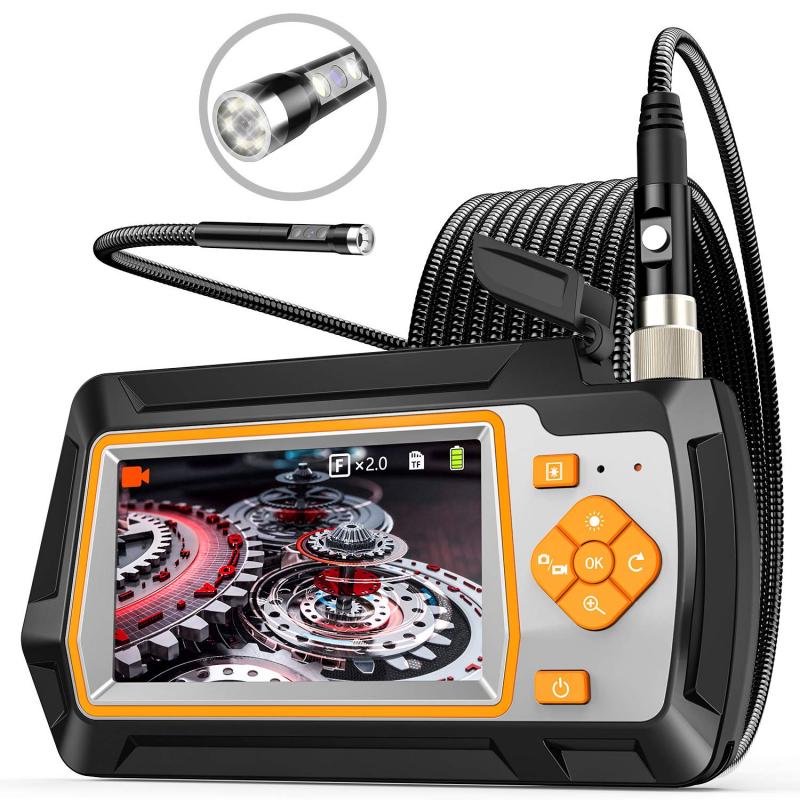
3、 Endoscopic Equipment and Techniques
An endoscopic is a medical device used for visualizing and examining the interior of a hollow organ or cavity in the body. It is a minimally invasive procedure that allows doctors to diagnose and treat various medical conditions without the need for open surgery. Endoscopic equipment and techniques have revolutionized the field of medicine by providing a less invasive alternative to traditional surgical procedures.
Endoscopic equipment typically consists of a flexible or rigid tube with a light source and a camera attached to one end. The tube is inserted into the body through a small incision or natural body opening, such as the mouth or anus. The camera captures high-definition images of the internal organs or structures, which are then displayed on a monitor for the doctor to analyze.
Endoscopic techniques have been widely used in various medical specialties, including gastroenterology, pulmonology, urology, and gynecology. They are commonly used for procedures such as colonoscopy, bronchoscopy, cystoscopy, and hysteroscopy. These procedures allow doctors to detect and diagnose conditions such as gastrointestinal disorders, lung diseases, urinary tract abnormalities, and gynecological issues.
The latest advancements in endoscopic equipment and techniques have further improved the accuracy and effectiveness of these procedures. For example, the development of high-definition cameras and advanced imaging technologies has enhanced the visualization of the internal organs, allowing for better detection of abnormalities. Additionally, the introduction of therapeutic endoscopy has enabled doctors to perform minimally invasive treatments during the same procedure, reducing the need for additional surgeries.
In conclusion, an endoscopic is a medical device used for visualizing and examining the interior of the body. Endoscopic equipment and techniques have revolutionized the field of medicine by providing a less invasive alternative to traditional surgical procedures. The latest advancements in endoscopic technology have further improved the accuracy and effectiveness of these procedures, allowing for better diagnosis and treatment of various medical conditions.
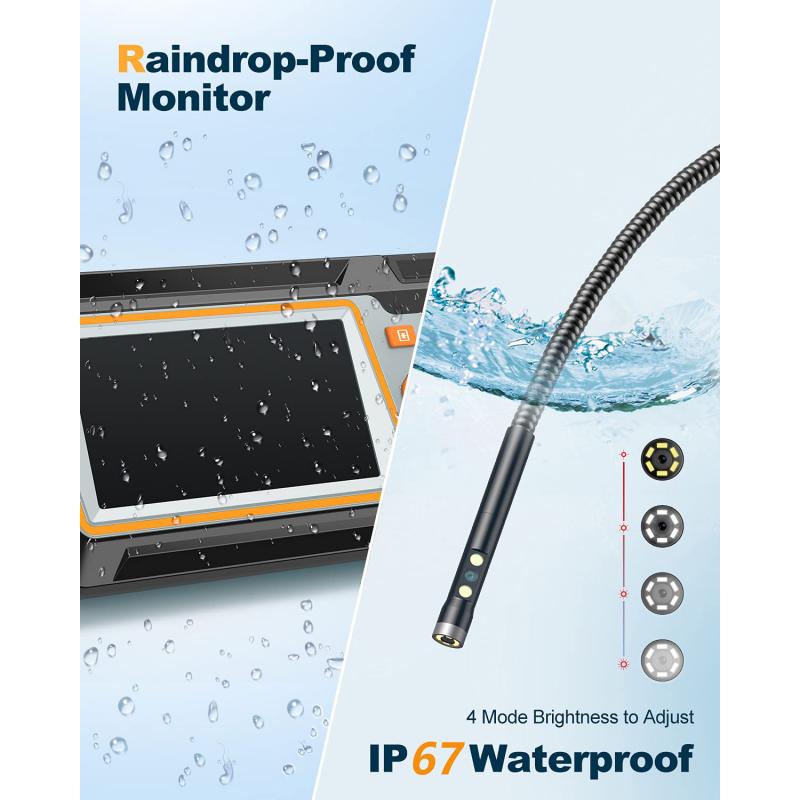
4、 Applications of Endoscopy in Medical Diagnosis
An endoscope is a medical device that is used to visualize and examine the internal organs and structures of the body. It consists of a long, flexible tube with a light and a camera at the end, which allows doctors to see inside the body without making large incisions. Endoscopy is a minimally invasive procedure that has revolutionized medical diagnosis and treatment.
The applications of endoscopy in medical diagnosis are vast and varied. It is commonly used to investigate and diagnose conditions in the gastrointestinal tract, such as ulcers, polyps, and tumors. Endoscopy can also be used to examine the respiratory system, urinary tract, and reproductive organs. In addition to diagnosis, endoscopy can be used for therapeutic purposes, such as removing polyps or tumors, stopping bleeding, or placing stents.
The latest point of view on endoscopy in medical diagnosis is the development of advanced imaging technologies and techniques. For example, high-definition cameras and narrow-band imaging have improved the visualization of tissues and increased the accuracy of diagnosis. Additionally, the use of artificial intelligence and machine learning algorithms is being explored to assist in the interpretation of endoscopic images and improve diagnostic accuracy.
Endoscopy has several advantages over traditional diagnostic methods. It is less invasive, resulting in shorter hospital stays, faster recovery times, and reduced risk of complications. It also allows for direct visualization of the affected area, enabling more accurate diagnosis and targeted treatment. Furthermore, endoscopy can be performed on an outpatient basis, making it more convenient for patients.
In conclusion, endoscopy is a valuable tool in medical diagnosis, allowing doctors to visualize and examine internal organs and structures without the need for invasive surgery. With advancements in imaging technology and techniques, endoscopy continues to evolve and improve, providing more accurate diagnoses and better patient outcomes.








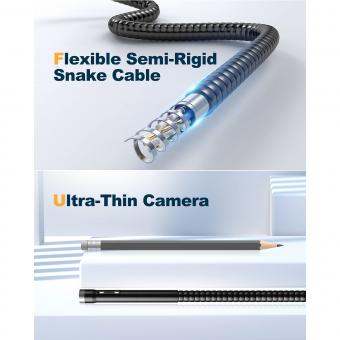



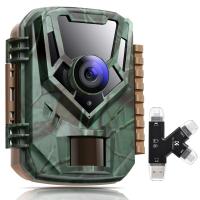

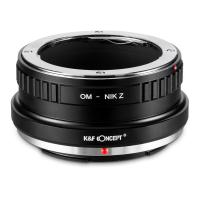




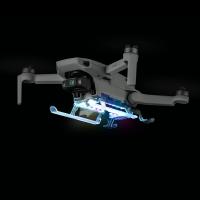


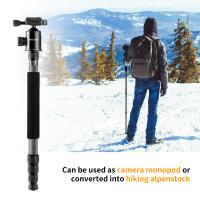





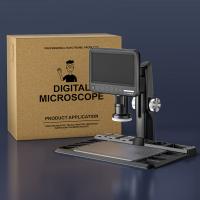

There are no comments for this blog.